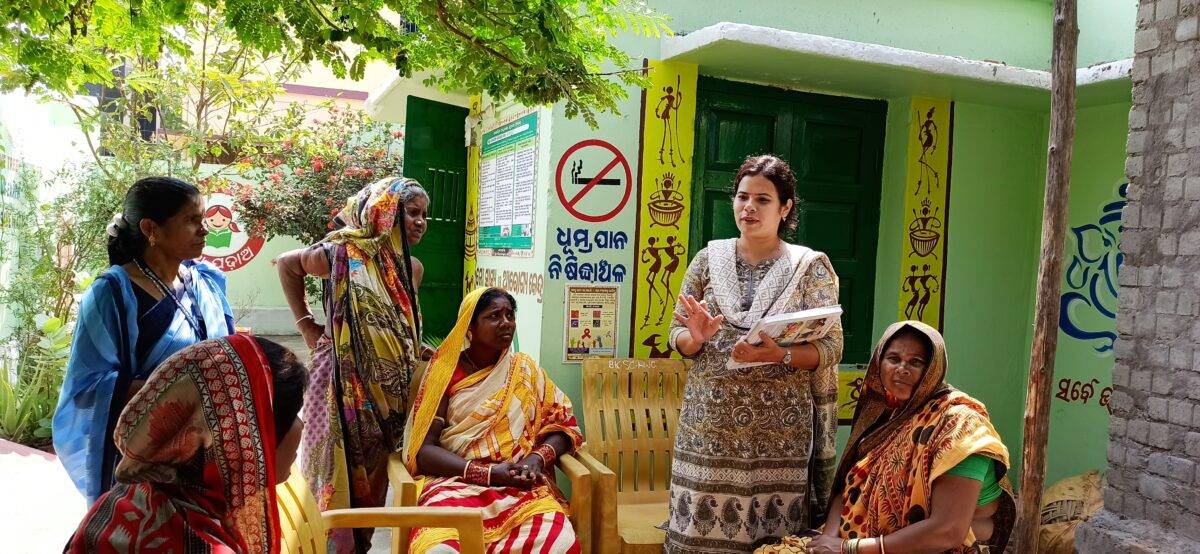Every eight minutes, a woman in India loses her life to cervical cancer. Cervical cancer is the second most common cancer among women in India, claiming over 79906 lives annually (Globocan 2022). Despite the launch of a screening program in 2017, detection rates remain alarmingly low, at under 1% (NFHS-5). India faces the dual challenge of providing universal vaccination coverage and conducting population-based screening for women aged 30-65 years. Further compounding the issue is the lack of adequate government facilities for confirming and managing cancer cases. To address these challenges, the Government of India launched the National Program for Non-Communicable Diseases, which critically focused on Visual Inspection by Acetic Acid (VIA) for women aged 30-65. VIA is simple and cost-effective, but its effectiveness is limited by subjectivity and moderate sensitivity.
Jhpiego, affiliated with Johns Hopkins University, collaborates with multiple state governments to enhance ongoing efforts in combating cervical cancer and expedite its elimination. This partnership aims to address gaps in cervical cancer care comprehensively, from mobilization to advanced management strategies. Significant efforts were concentrated on streamlining service pathways through the development of Information, Education, and Communication (IEC) materials, generating momentum for screening, introducing new screening products and methods, and establishing patient navigation pathways to ensure timely diagnosis and management. Jhpiego introduced an innovative workaround in Odisha AI-assisted VIA. This is leveraging artificial intelligence (AI) to improve provider skills, reduce screening subjectivity, and motivate providers and administrators to promote cervical cancer screening by alleviating their apprehensions.
In this short note, Jhpiego explains the process of introducing AI-assisted VIA in India’s resource-limited public health settings. The device operated in two modalities: screen-triage and screen-treat, deployed at select health centers, such as Health and Wellness Centres for screen and triage and Medical Colleges for screen and treatment. Community Health Officers (CHOs) received training to use AI-assisted VIA, and in just four months, they screened 1,436 women. Of these, 156 tested VIA positive, with an 85% concurrence rate with expert colposcopist interpretations.
The AI-assisted VIA tool provides three significant benefits: capturing comparative digital images, AI algorithms for the classification of images, and storing images for remote expert consultation. This three-part process enhanced the CHOs’ ability to independently interpret VIA results, supported capacity building, and improved screening accuracy and accessibility in underserved areas, showcasing the potential for widespread implementation.
As a result of this intervention, Dibyarashmi Biswal, a Community Health Officer from Badakusasthali, Ganjam, Odisha, mentioned that “VIA is offering an excellent opportunity to enhance early detection of cervical cancer in the state by acquiring new skills”.
Effective testing is the crucial first step in addressing India’s cervical cancer burden, and VIA represents a significant leap forward in this effort while ensuring a boost in workflow efficiency, cutting costs, and ultimately saving lives, thereby advancing maternal healthcare nationwide.

